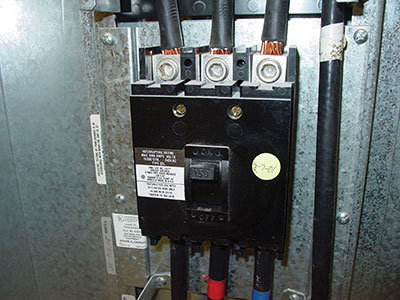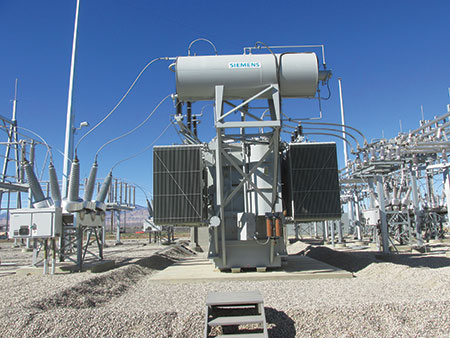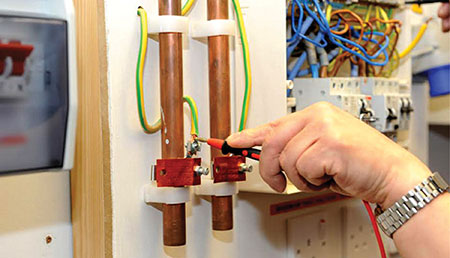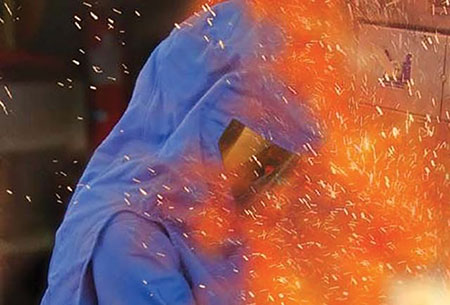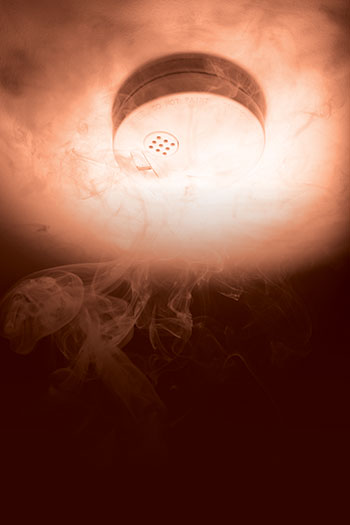The paper discusses a myopic interpretation of increasing voltage rating for some 600 V rated products and their impact on Thermo-Plastic and Thermoset Insulated Wire and Cable Products.
Rule 4-006 introduced into Table 39 into the 2012 edition of the CE Code has certainly created lots of buzz among the Code users.
This article will focus on the details of large-scale support structures for PV and some of the unique challenges for those who build and inspect these large PV projects.
This article addresses the possible pitfalls in the construction and installation of privately owned generating substations as well as some other unique types of installations.
For all protective conductors, including main and supplementary bonding conductors, electricians must perform a continuity test using a low-reading ohmmeter. For main equipotential bonding, there is no single fixed value of resistance above which the conductor would be deemed unsuitable.
When considering the arc flash hazard there are two questions we need to ask (the same two questions for any hazard): What is the likelihood it will happen? and How severe will the impact be?
The basic process to select the right overcurrent protective device (OCPD) for this discussion of 80% rated versus 100% rated, begins with a calculation of the load, includes a journey through conductor selection based on the calculated load current, and ends with the right OCPD to protect the conductor.
Are there “UL Authorized Service People” who can modify UL Listed equipment in the field with no need of a UL field inspection or a field evaluation?
Requirements for audibility of a fire alarm system (FAS) are governed by Article 3.2.4.19. of the National Building Code of Canada (NBCC). So, why is this subject being discussed in a purely electrical publication?

